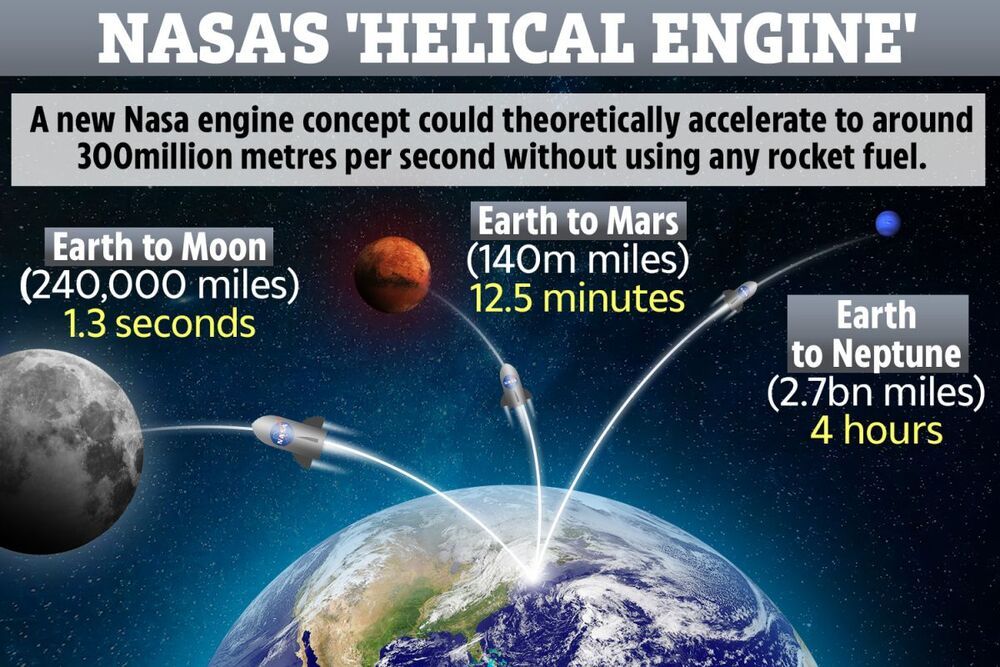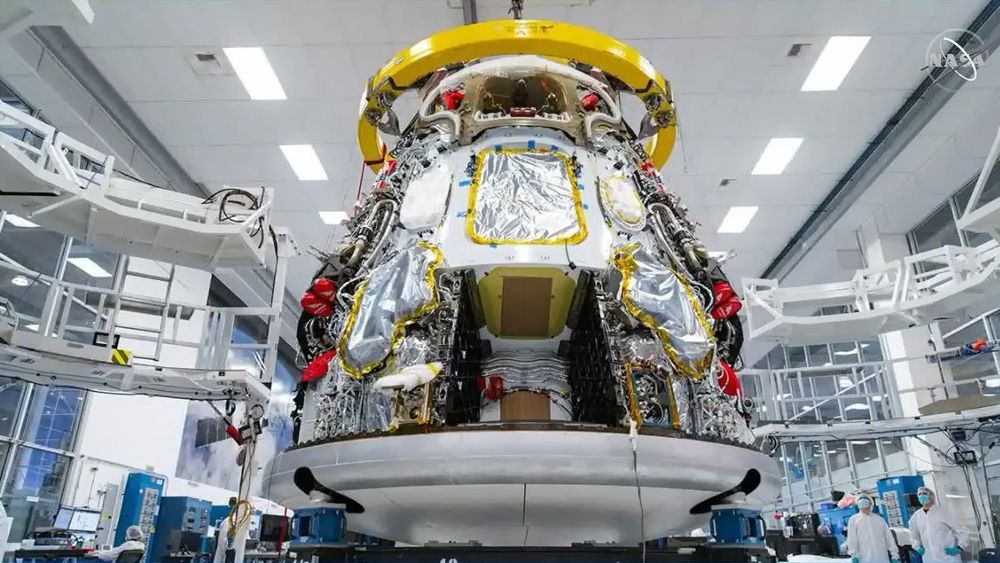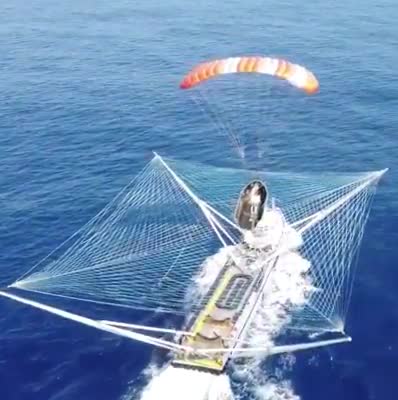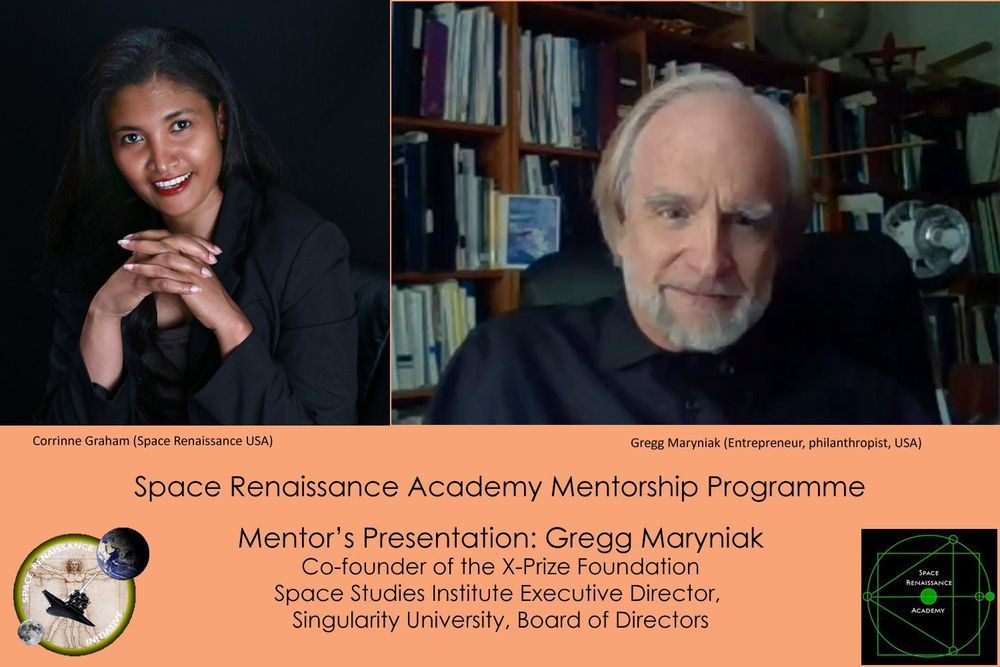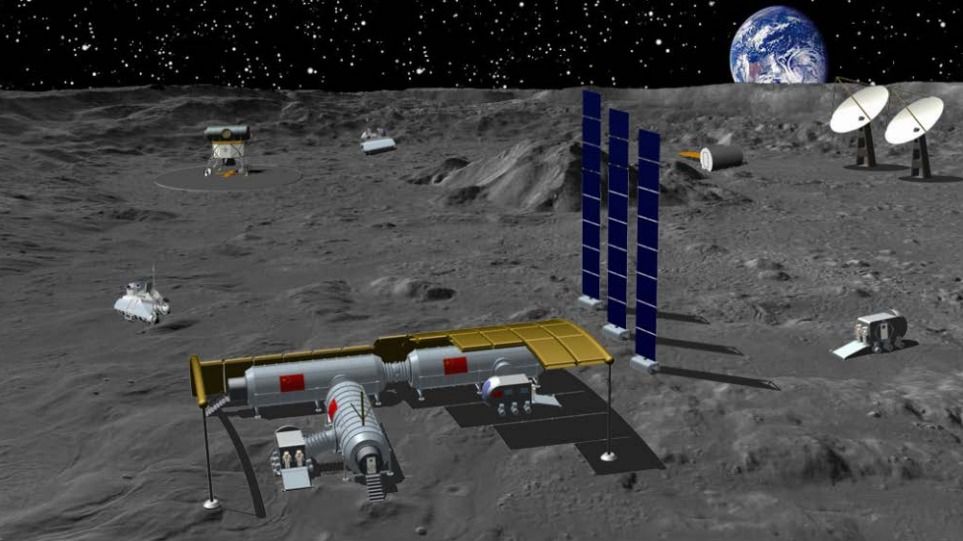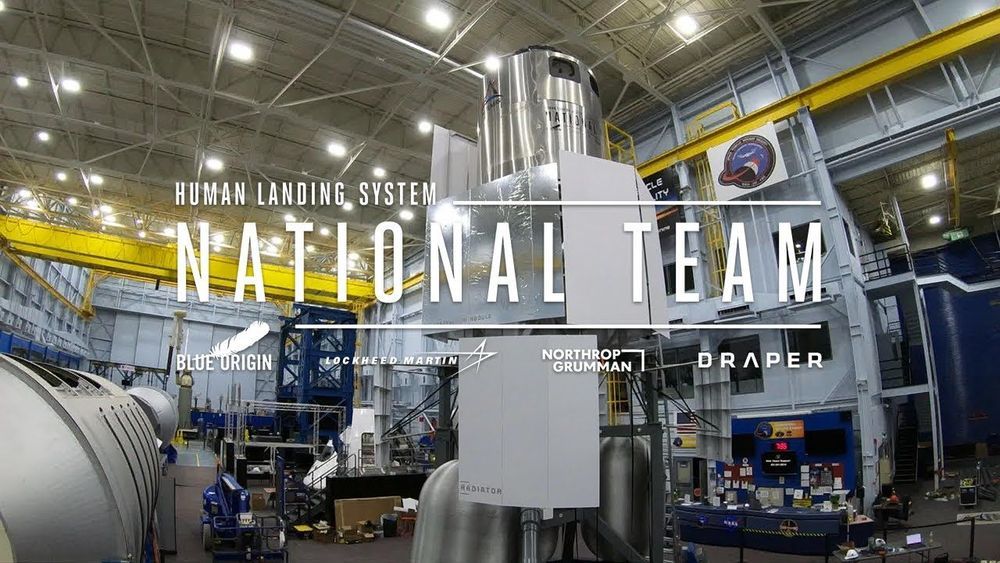China has developed a vision for an international lunar research station and is seeking international involvement in the project.
Objectives include construction and operation of human[ity]’s first sharing platform in the lunar south pole, supporting long-term, large-scale scientific exploration, technical experiments and development and utilization of lunar resources’, according to a presentation to the Scientific and Technical Subcommittee of the Committee on the Peaceful Uses of Outer Space (COPUOS) earlier this year.
The presentation also states an intended shift from independence to cooperation in space on the part of China. International involvement in Chinese lunar missions has so far been limited to a handful of contributed payloads, mainly to the Chang’e-4 lunar far side mission.
China National Space Administration official Pei Zhaoyu stated last year that a lunar project will be jointly designed, with its implementation to be coordinated and the results and achievements to be shared.
Both Roscosmos and the European Space Agency have had discussions with China with regards contributing to the project.
HELSINKI — China has developed a vision for an international lunar research station and is seeking international involvement in the project.
The project, named the International Lunar Research Station (ILRS), is to be situated in the lunar south pole region. It will be developed through a number of upcoming robotic Chang’e missions across the 2020s and expanded through the 2030s.
The ILRS envisions the Chang’e-,6, −7 and −8 missions and potential international missions as forming the basic setup. In the early 2030s an expanded ILRS will involve long-term robotic and potentially short-term crewed missions. A long-term human presence at the lunar south pole is the goal for 2036–2045.
